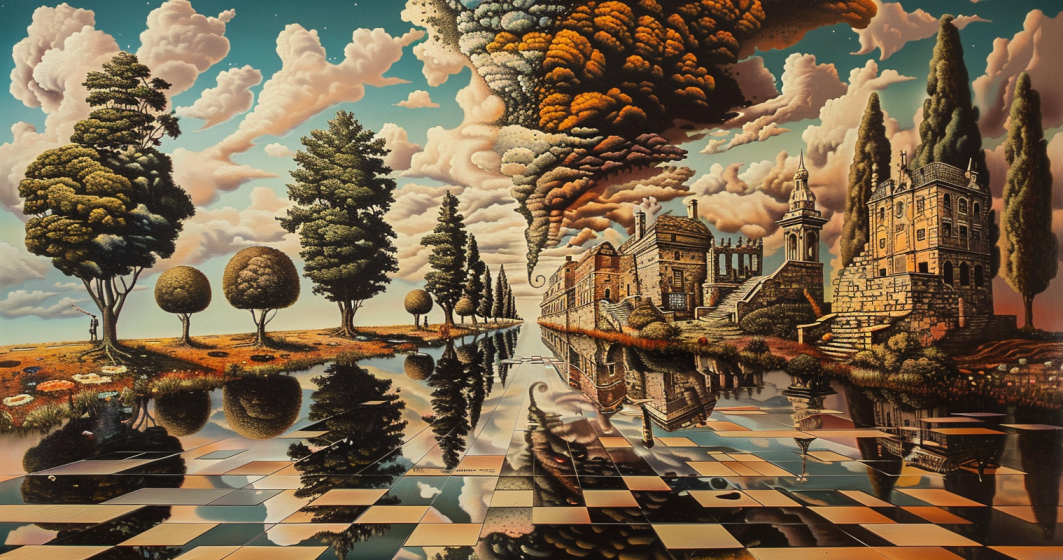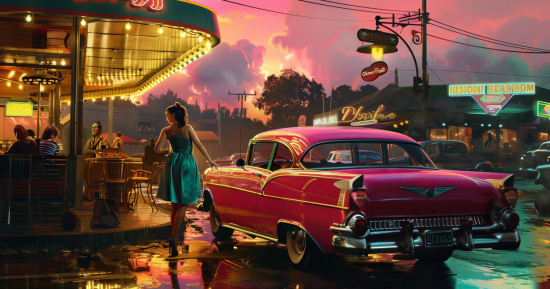Is art always supposed to be beautiful, polished, or even understandable? Not at all. Some of the most impactful works are also the strangest. The weirdest art styles challenge our expectations, confront our comfort zones, and ignite powerful reactions. From historical oddities to modern mind-benders, let’s take a journey through the wonderfully weird world of art.
What Makes Art “Weird”?
“Weird” in art doesn’t mean “bad.” It means bold, different, or intentionally unsettling. These styles:
- Break traditional rules
- Use strange materials or formats
- Explore taboo or abstract subjects
- Aim to shock, confuse, or deeply move the viewer
Weird art forces us to rethink what creativity means. Instead of asking, “Do I like this?” we might ask, “Why was this made?” or “How does it make me feel?”
A Glimpse into Art History’s Most Unusual Styles

Pre-Modern Anomalies
Even centuries ago, artists pushed the limits.
- Melun Diptych by Jean Fouquet (1452) features a hyper-stylized Madonna that borders on surreal.
- Hieronymus Bosch painted nightmarish fantasy scenes long before surrealism existed.
- Orphism (early 1900s): An offshoot of Cubism that prioritized color, rhythm, and abstraction over realistic form.
These works confused their audiences but left lasting impacts.
Modern Marvels

In the 20th century, “weird” became the norm for some revolutionary artists:
- Dadaism turned everyday items (like a urinal) into anti-art statements.
- Surrealism blurred the lines between dreams and reality.
- Abstract Expressionism let artists paint emotion itself, often without any clear subject.
Artists like Marcel Duchamp, Salvador Dalí, and Frida Kahlo weren’t just being strange for the sake of it, they used their eccentricity to explore deeper truths.
The Weirdest Contemporary Art Movements

Digital and New Media
Modern tech has opened doors for strange new art forms:
- AI-generated art: Machines “create” based on prompts or data
- Glitch art: Embraces digital errors as aesthetic features
- Virtual reality installations: Let you walk inside the artwork
Interactive & Experiential Art
Art isn’t always on a wall anymore. Sometimes, it’s something you walk through, touch, or even taste:
- Yayoi Kusama’s Infinity Rooms place you in a mirrored, endless world
- Carsten Höller’s slides in museums invite playfulness
- Immersive theater (like Sleep No More) blends performance and environment
These works ask: What if art wasn’t just something to look at—but something to live?
Iconic Artists Who Embraced the Strange
Marcel Duchamp: Turned a urinal into art with The Fountain, redefining artistic intention
Salvador Dalí: Melted clocks, lobster telephones, and surreal dreamscapes
Edvard Munch: The Scream isn’t just weird—it’s emotionally raw and existential
Pipilotti Rist: Uses colorful video installations to explore the female body and pop culture
Their art wasn’t just different, it was daring, confusing, and unforgettable.
Understanding Strange Art: Tips for Open-Minded Viewing

Viewer Perception
When you encounter weirdest art styles, it’s essential to remember that your perception plays a significant role in how you interpret the artwork. Some of the most bizarre and obscure art movements challenge traditional norms and push the boundaries of what is considered conventional art. For instance, you may encounter artwork that seems disturbing or confusing at first glance. These weird artworks provoke reactions by presenting shocking or intriguing imagery.
To appreciate these strange art pieces, allow yourself to:
- Embrace curiosity and stay open to new experiences.
- Reflect on your thoughts and emotions evoked by the artwork.
- Consider the social, political, or cultural context in which the piece was created.
1. Embrace Confusion
You don’t have to “get it” immediately. Weird art often aims to challenge your thinking.
2. Research Context
Learn about the artist, their time period, and what they were reacting to. Strange art often makes more sense in context.
3. Trust Your Reaction
Do you feel surprised? Uncomfortable? Curious? That’s the point. Weird art creates emotional and intellectual reactions.
4. Talk About the weirdest art you discovered
Discussing strange art with others can offer new perspectives and deepen your understanding.
The Psychology Behind Weird Art
Why are we so drawn to strange art, or sometimes uncomfortable with it?
Weird art grabs our attention because it’s unexpected. Our brains naturally focus on things that are new or different. That’s why these kinds of artworks stay in your memory.
Unusual pieces also make you think more. When something doesn’t make sense right away, you spend more time looking at it and asking questions. This deeper thinking can create a stronger connection.
Sometimes, weird art even pushes you out of your comfort zone, and that’s a good thing. It helps you grow by showing you new ideas or emotions you hadn’t felt before.
Tip: If an artwork feels strange or confusing, stay with it a little longer. It might teach you something about yourself.
Weird Art in Pop Culture
Today, weirdness sells. Artists and creators embrace the surreal, creepy, or absurd:
- Album covers with abstract faces
- Films influenced by surrealist visuals
- Fashion inspired by grotesque or humorous shapes
From TikTok filters to avant-garde runway shows, the bizarre has gone mainstream.
Want to create your own style of Pop-Art? Right this way to How to Make Pop Art: A Simple Guide for Beginners 2025
FAQ: Weirdest Art Style
What is the weirdest art ever created?
It depends on your taste, but works like The Fountain by Duchamp or Dalí’s Lobster Telephone often top the list.
Can weird art still be meaningful?
Absolutely. In fact, many strange pieces are loaded with symbolism and critique.
Why do some people dislike weird art?
It can be challenging, confrontational, or hard to understand—but that’s often the point.
Is weird art just trying to get attention?
Some pieces are provocative on purpose, but many reflect real emotional, cultural, or philosophical ideas.
Why Weird Art Matters
The weirdest art styles don’t follow the rules, they rewrite them. Whether you find them inspiring, funny, confusing, or disturbing, they make you feel. And that’s what great art does.
So go ahead, explore the bizarre. You might just discover a new way of seeing the world.
Seen a piece of weird art that stuck with you? Share your favorite strange artwork or artist in the comments and join the conversation!







[…] anime-themed birthday invitations? Anime has captured the hearts of millions worldwide with its unique art style, compelling storylines, and diverse characters. To help you make your birthday celebration truly […]